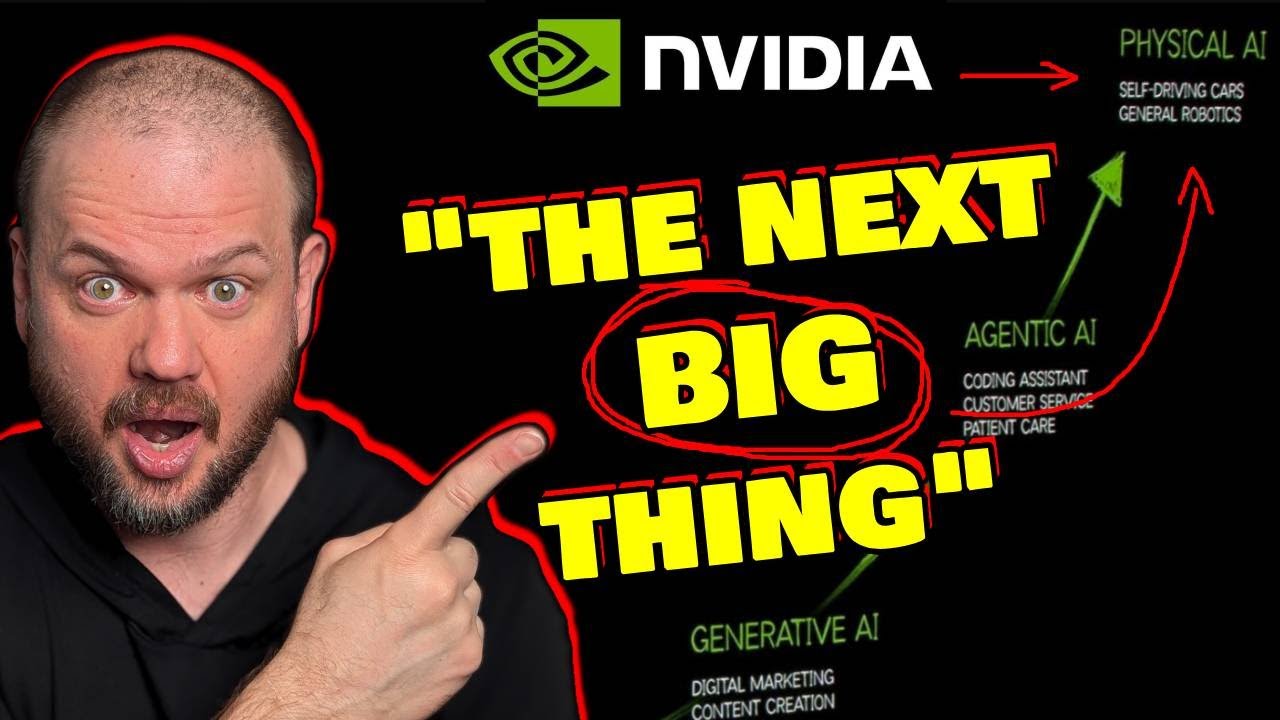At CES 2025, NVIDIA CEO Jensen Huang unveiled groundbreaking advancements in robotics and AI, introducing the NVIDIA Cosmos model, which is trained on 20 million hours of video to enhance AI’s understanding of the physical world. He emphasized the integration of this model with the Omniverse platform to revolutionize robotics development, highlighting the potential for general robotics and the transformative impact these technologies could have across various industries.
At CES 2025, NVIDIA CEO Jensen Huang unveiled significant advancements and announcements for the year, particularly focusing on the evolution of robotics and AI technology. He highlighted the impressive capabilities of NVIDIA’s new chips, which can process data at an unprecedented scale, even surpassing the entire data stream of the internet. This presentation emphasized the potential for AI companions in video games and the broader implications of AI in various industries, suggesting that 2025 could mark a pivotal moment for robotics akin to the transformative impact of ChatGPT on AI.
Huang introduced the concept of a “world foundation model,” named NVIDIA Cosmos, designed to understand the physical world. This model is trained on 20 million hours of video, focusing on physical dynamics and human interactions. The goal is to create a robust understanding of the physical environment, enabling AI to perform tasks in real-world settings. This foundational model aims to bridge the gap between AI and robotics, allowing for more intuitive interactions with the physical world.
The integration of NVIDIA Cosmos with the Omniverse platform was a key highlight, as it combines physics-based simulations with AI capabilities. This synergy is expected to enhance the training and deployment of robotic systems, creating a three-computer solution essential for robotics development. The three components include a computer for training AI, a deployment computer for real-world applications, and a digital twin for refining AI through simulations. This framework is positioned as a crucial advancement for the future of industrial automation and robotics.
Huang also discussed the potential for general robotics, emphasizing the importance of developing robots that can operate in existing environments without the need for specialized adaptations. He identified three types of robots that could revolutionize the industry: agentic robots for information work, self-driving cars, and humanoid robots. The ability to train these robots effectively is critical, and Huang proposed using AI to synthesize vast amounts of motion data from human demonstrations, enabling robots to learn complex tasks more efficiently.
Overall, Jensen Huang’s presentation at CES 2025 painted an optimistic picture for the future of robotics and AI, suggesting that 2025 could be a transformative year for the industry. With advancements in foundational models like NVIDIA Cosmos and the integration of AI with physical simulations, the groundwork is being laid for significant breakthroughs in robotics. Huang’s vision indicates that the convergence of these technologies will lead to rapid advancements and widespread adoption of robotics in various sectors, marking a new era in technological innovation.
